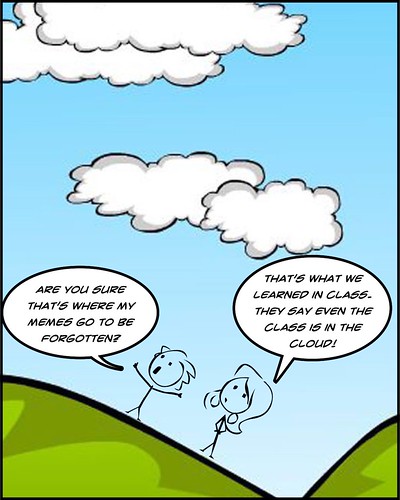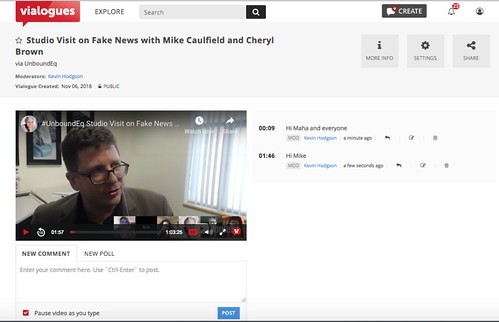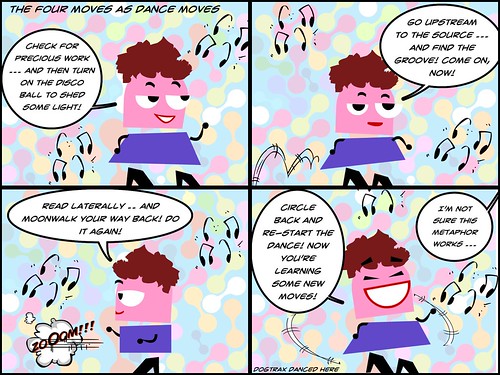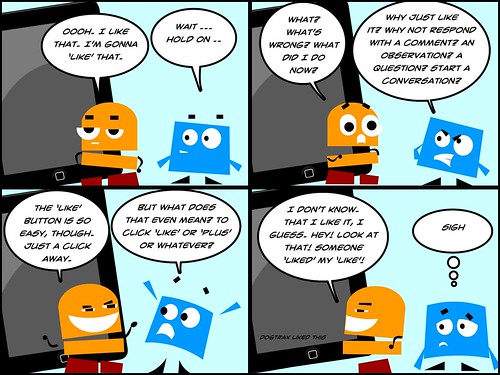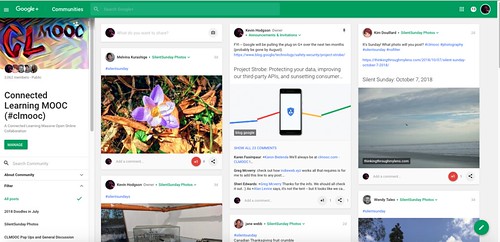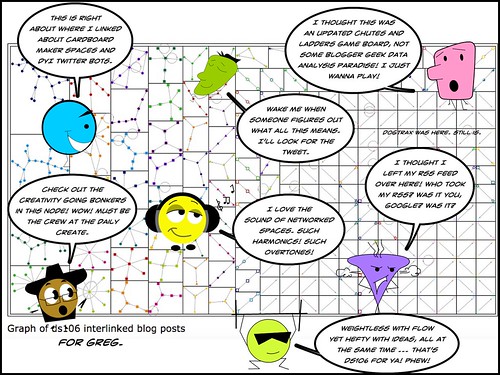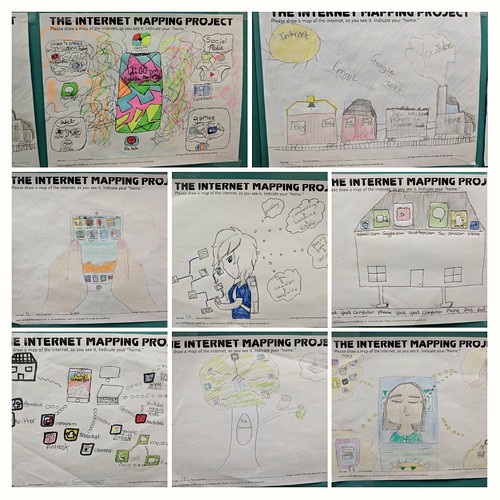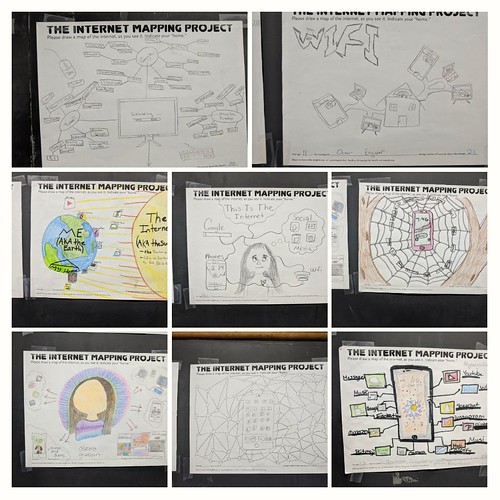Stephen Downes, of E-Learning 3.0, consolidates his thinking on “the Cloud” with the lines above, which intrigue me as a writer, teacher, learner. I don’t have a clear sense of what it means for me yet so I am in the “mulling something profound” stage. (And I am already behind in this course, as Stephen keeps moving us forward at a rapid pace.)
This, too, from the same post:
It’s easy to think of the cloud simply resources as “someone else’s computer” where you run your applications online. But the technology that makes it possible to use the cloud has created a whole new class of resources, a class where resources are more than just text or multimedia, but resources that are in fact fully functioning computers. – Stephen Downes
Read Stephen’s piece, entitled “Cloud” and see what you think.
It’s a bit abstract for me at times, with technical language and concepts that I sort of understand but sort of don’t understand. Yet Stephen’s reflections are still worth perusing how technology innovation like what we call the Cloud is changing the ways we learn and maybe the ways we teach. I have this feeling that this course is just seeding my brain for some future thinking. (Rain from the cloud brings flowers in the Spring?)
Stephen suggests that we need to move beyond just seeing the Cloud Storage Idea as just some unseen box of stuff where we park our digital parts for later access, and that we — as educators and as learners, formally and informally — view the Cloud more as part of a larger systematic underpinning of conceptual learning frameworks whose potential has yet to be tapped.
And maybe in doing so, in viewing the Cloud in this different angle of moving parts and learning acquisition potential, we can begin changing the very nature of what it means to learn, and how we go about doing it.
Huh.
Then, the other day, Greg made a comment about ‘containers’ in the frame of writing — of how we use “sections” in essays as containers for ideas, or how some story narratives (and I am have misread his intent but it got me thinking in this other direction, which is what learning is all about, right?) use the idea of “three” as a container (three little bears, three little pigs, the kids in Harry Potter, etc.) for narrative. This brings up a tension between archetypes that pen us in at times and freedom to explore beyond the boundaries (which is what Stephen is suggesting).
Huh.
Peace (grounded and clouded),
Kevin

